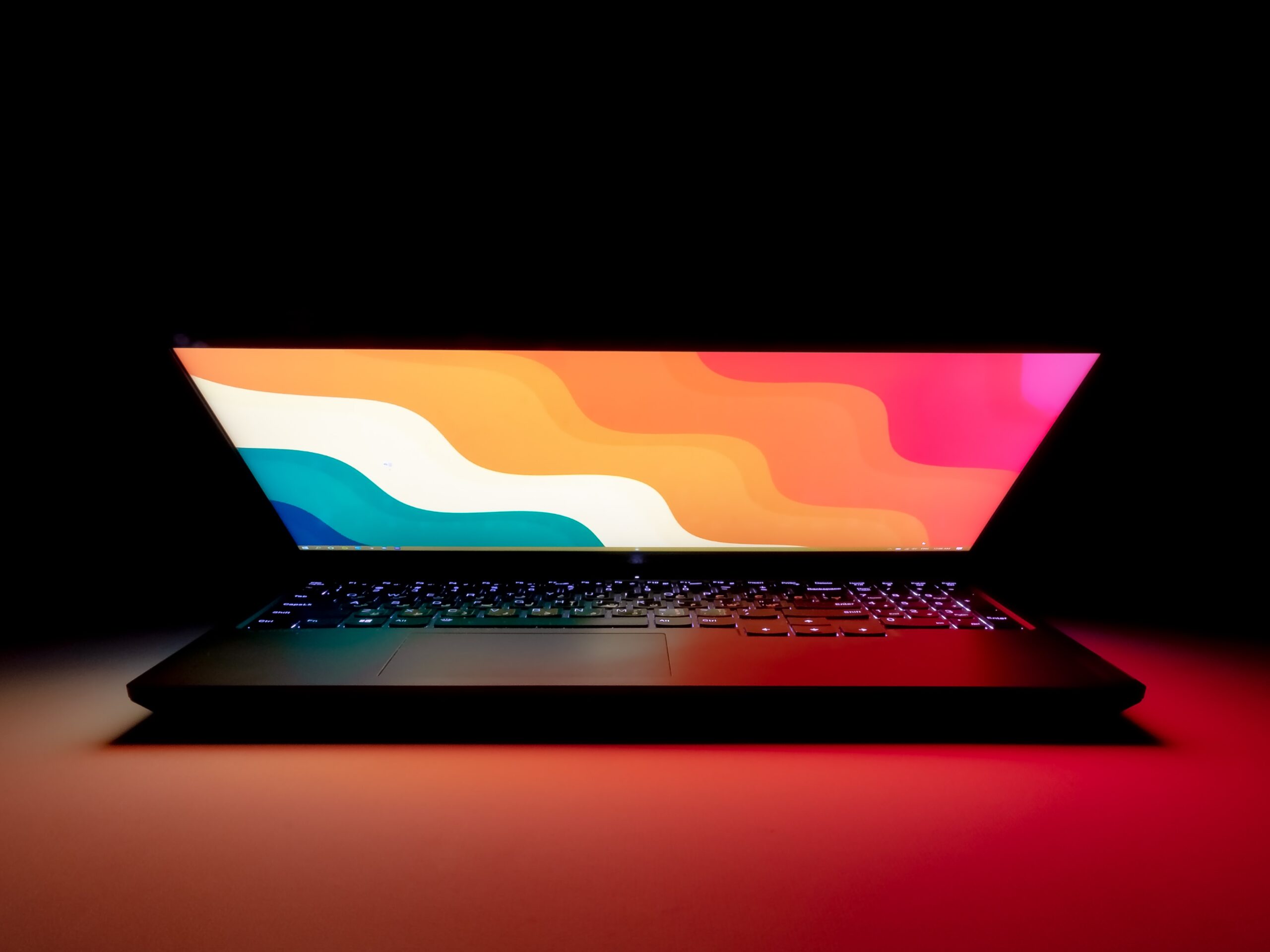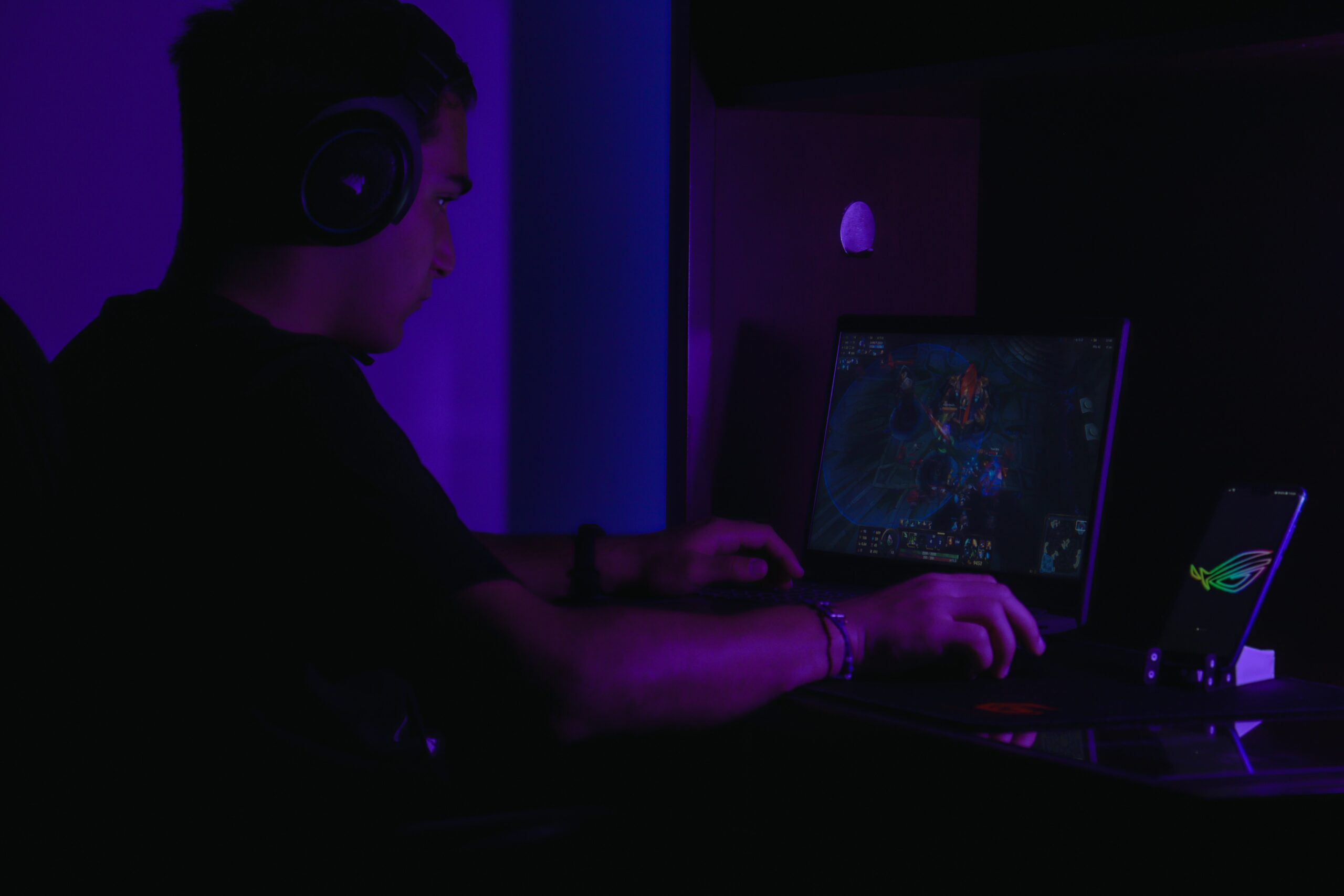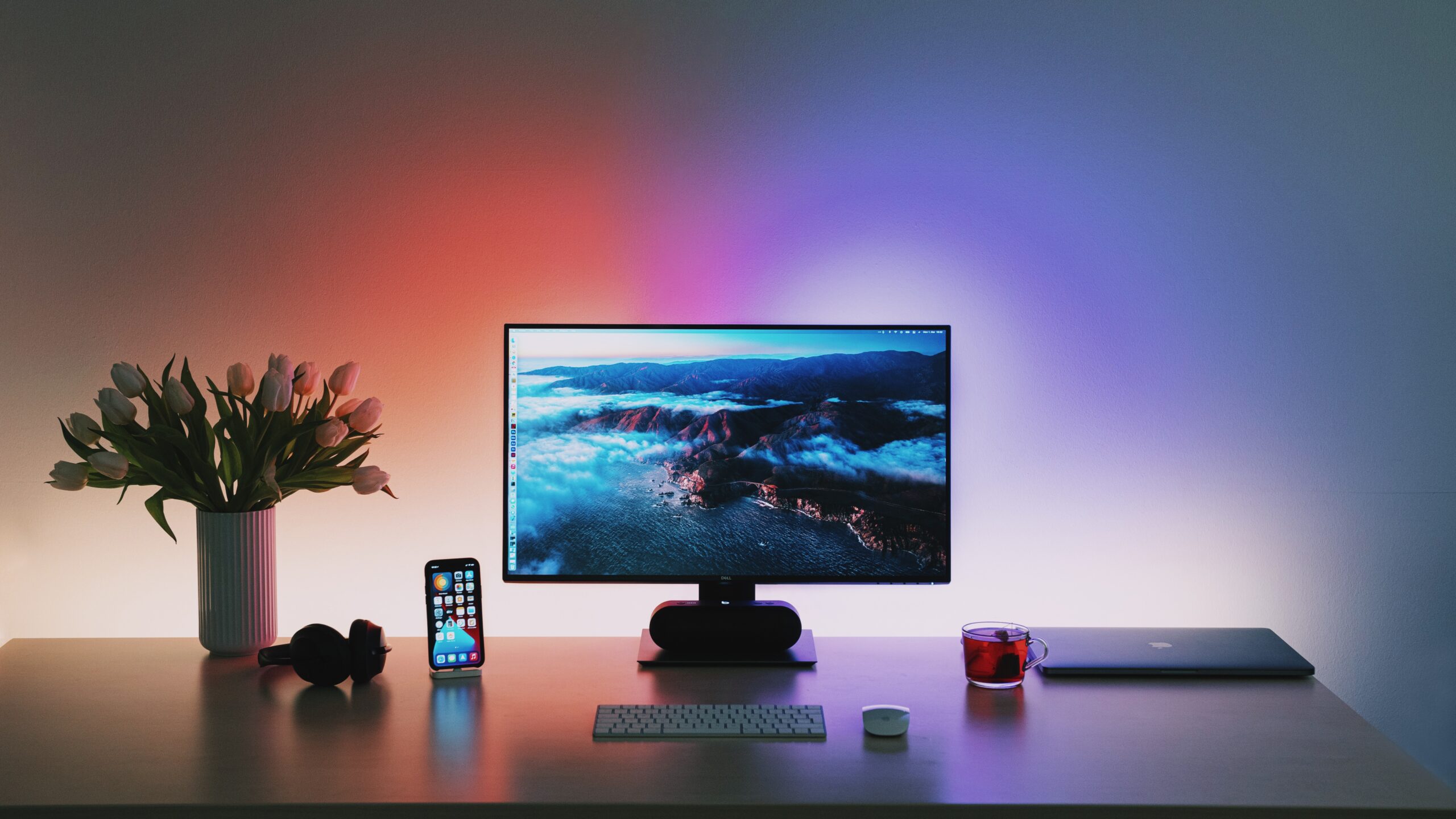







Are you on the hunt for a gaming laptop that won’t break the bank? If you’re looking for a gaming laptop under $1000, there are a few key factors you should consider before making your purchase. From the processor and graphics card to the display and storage capacity, finding the perfect gaming laptop within your budget can be an exciting but challenging task. In this article, we will explore some important features you should look for in a gaming laptop under $1000, helping you make an informed decision and get the most out of your gaming experience.

Understanding Your Gaming Needs
When it comes to purchasing a gaming laptop, it’s important to understand your specific gaming needs. This means identifying the types of games you generally play and the performance level you require. By doing so, you can ensure that the laptop you choose will be able to handle your gaming preferences with ease.
Identify the types of game you play
First and foremost, think about the types of games you typically play. Are you a fan of high-performance AAA titles with stunning graphics and detailed worlds? Or do you prefer less demanding indie games or retro classics? Different games have different requirements, so knowing your gaming preferences will help you determine what specifications are necessary for your gaming laptop.
What performance level do you need
Once you have identified the types of games you play, it’s time to consider the performance level you need. This includes factors such as the desired frame rate, resolution, and graphical settings. If you’re a competitive gamer or a fan of visually intense games, you’ll likely need a laptop with higher performance capabilities. On the other hand, if you mainly play casual or less demanding games, a lower performance level may be sufficient for your needs.
The Importance of the Processor
The processor, often referred to as the CPU (central processing unit), is a crucial component of a gaming laptop. It is responsible for executing and handling the instructions and calculations necessary for running games smoothly.
What a processor does
In simple terms, the processor is the brain of your gaming laptop. It carries out tasks such as physics calculations, AI calculations, and overall game optimization. A powerful processor can significantly enhance your gaming experience by ensuring smooth gameplay and reducing lag.
Intel vs AMD processors
When it comes to gaming laptop processors, the two main players in the market are Intel and AMD. Both companies offer a range of processors with different performance levels and price points. Intel processors are often considered the go-to choice for gaming laptops due to their strong single-core performance. However, AMD processors have gained popularity in recent years for their excellent multicore performance and affordability.
Ideal processor speed for gaming
The ideal processor speed for gaming primarily depends on the types of games you play. For casual gaming, a processor with a base clock speed of around 2.5GHz to 3.5GHz should suffice. However, for more demanding games and higher graphics settings, it’s advisable to opt for a processor with a higher base clock speed, typically around 3.5GHz to 4.5GHz.
Graphics: Integrated vs Dedicated
Graphics, also known as the GPU (graphics processing unit) or graphics card, play a vital role in rendering and displaying the visuals of your games.
What is a graphics card
A graphics card is a dedicated hardware component responsible for processing and delivering the images and animations you see on your laptop screen. It works in conjunction with the processor to handle graphics-intensive tasks and ensures smooth gameplay.
Integrated vs dedicated graphics cards
Integrated graphics cards are built into the laptop’s processor, while dedicated graphics cards come as a separate hardware component. Integrated graphics are suitable for casual gaming and less demanding titles, but for a better gaming experience, a dedicated graphics card is recommended. Dedicated graphics cards offer higher performance, allowing you to play AAA titles and run graphically intensive applications without sacrificing smoothness or visual quality.
How much VRAM do you need
VRAM, or video random access memory, is a type of memory specifically dedicated to graphics tasks. The amount of VRAM a graphics card has determines its ability to handle high-resolution textures and complex graphics. For most gaming laptops, a graphics card with at least 4GB of VRAM should be sufficient for smooth gameplay at 1080p resolution. However, if you aspire to play games at higher resolutions or with ultra-high graphics settings, consider opting for a graphics card with more VRAM, such as 6GB or 8GB.
The Significance of RAM
Random access memory, or RAM, is an essential component that directly affects the performance and responsiveness of your gaming laptop.
Understanding RAM for gaming
RAM acts as a temporary storage space for the data your laptop needs to access quickly. In gaming, it is used to store game assets, textures, and other resources that are currently in use. The more RAM your laptop has, the more data it can store and access without having to rely on slower storage devices.
Ideal amount of RAM for gaming
For most gaming laptops, 8GB of RAM is the minimum recommended amount. It provides a solid base for running games smoothly and multitasking without significant performance bottlenecks. However, if you plan to play more demanding games or engage in heavy multitasking, consider getting 16GB or even 32GB of RAM for optimal performance.
RAM Speed
In addition to the amount of RAM, the speed of the RAM modules also affects gaming performance. RAM speed is measured in megahertz (MHz), and higher speeds generally result in faster data transfer rates. While faster RAM can have a positive impact on gaming, the difference in performance between different RAM speeds is often minimal. It’s advisable to prioritize the amount of RAM over the speed unless you specifically require faster RAM for other non-gaming tasks.

Storage Options: HDD vs SSD
The storage options available in gaming laptops primarily include traditional hard disk drives (HDDs) and solid-state drives (SSDs). Each has its own advantages and disadvantages, so it’s essential to consider your gaming needs and priorities.
Understanding storage in laptops
Both HDDs and SSDs serve as storage devices for your gaming laptop, allowing you to install games, save files, and store other data. However, their underlying technology and performance differ significantly.
Advantages and Disadvantages of HDD
HDDs offer larger storage capacities at a more affordable price point compared to SSDs. This makes them an excellent choice if you have a vast game library or need ample storage for other files. However, HDDs are slower in terms of data access and transfer speeds. This can result in longer loading times for games and slower overall system performance.
Advantages and Disadvantages of SSD
SSDs, on the other hand, provide significantly faster data access and transfer speeds compared to HDDs. This translates to faster game loading times and snappier overall system performance. SSDs also have no moving parts, making them more resistant to physical damage. However, SSDs generally offer smaller storage capacities and are more expensive compared to HDDs. This can be a limitation if you require extensive storage for your game library or other files.
Display and Resolution
The display and resolution of your gaming laptop play a crucial role in your overall gaming experience. They determine the level of detail, clarity, and visual fidelity you can enjoy while playing your favorite games.
What is display resolution
Display resolution refers to the number of pixels that can be displayed on the screen. It is typically represented by two numbers, such as 1920×1080 (also known as full HD or 1080p) or 2560×1440 (also known as quad HD or 1440p). The higher the resolution, the more detailed and sharper the visuals will appear.
Standard resolution for gaming
For most gaming laptops in the market, a display resolution of 1920×1080 (1080p) is considered the standard. This resolution strikes a good balance between visual quality and performance. It allows you to enjoy sharp visuals without overly taxing the graphics card, ensuring smooth gameplay across a wide range of titles. However, if you have a larger budget or prefer a more immersive gaming experience, consider opting for a gaming laptop with a higher resolution display, such as 2560×1440 (1440p) or even 3840×2160 (4K).
Panel type and refresh rate
Apart from resolution, it’s also essential to consider the panel type and refresh rate of the gaming laptop’s display. Panel types such as IPS (in-plane switching) and TN (twisted nematic) have different advantages and disadvantages in terms of color accuracy, viewing angles, and response times. IPS panels generally offer better color reproduction and wider viewing angles but may have slightly slower response times. On the other hand, TN panels provide faster response times but may sacrifice color accuracy and viewing angles.
Refresh rate refers to the number of times the display can refresh the image per second. A higher refresh rate, such as 144Hz or 240Hz, results in smoother motion and reduces motion blur. This is particularly beneficial for fast-paced games and competitive gaming. However, higher refresh rate displays often come at a premium and may require more powerful hardware to fully take advantage of the increased frame rates.

Keyboard and Touchpad Quality
The keyboard and touchpad of a gaming laptop are essential for comfortable gameplay and general usage. They can significantly impact your overall gaming experience, so it’s crucial to consider their quality and features.
What matters in a gaming laptop keyboard
When it comes to gaming laptop keyboards, several factors need to be considered. Key travel and responsiveness play a vital role in determining keyboard comfort and typing accuracy. A keyboard with sufficient key travel and tactile feedback can make a significant difference, especially during long gaming sessions. Additionally, backlit keyboards with customizable lighting options can enhance the gaming experience by providing better visibility in low-light conditions and adding a touch of personalization.
What to look for in a touchpad
While most gaming sessions may rely on an external gaming mouse, having a functional and responsive touchpad is still desirable for general usage. Look for touchpads that provide smooth and accurate cursor movement, along with support for multitouch gestures. This ensures a seamless user experience when you’re not using an external mouse.
Mechanical vs membrane keyboards
When it comes to gaming laptop keyboards, you may come across two main types: mechanical and membrane. Mechanical keyboards offer individually mechanical switches for each key, providing a satisfying tactile feedback and precise keystrokes. They are generally favored by gamers for their durability and responsive feel. On the other hand, membrane keyboards use a rubber dome beneath the keys, offering a quieter typing experience but sacrificing some of the tactile feedback. Choosing between these two types ultimately boils down to personal preference, so consider trying out both before making a decision.
Considering the Battery Life
Battery life is an important factor to consider when purchasing a gaming laptop, especially if you plan to use it for extended periods away from a power outlet.
Importance of battery life
Gaming laptops often consume a significant amount of power due to their high-performance hardware. This means that their battery life tends to be shorter compared to non-gaming laptops. However, having a decent battery life is still crucial for portability and convenience, particularly when traveling or gaming on the go.
Average battery life for gaming laptops
The average battery life for gaming laptops can vary depending on factors such as the laptop’s specifications, usage patterns, and power management settings. In general, most gaming laptops offer around 4 to 6 hours of battery life under regular non-gaming usage. However, during intense gaming sessions, it’s common for the battery to drain quickly, lasting only 1 to 2 hours.
Tips to extend battery life
To maximize your gaming laptop’s battery life, there are several steps you can take. First, adjust the power management settings to optimize battery usage. This may involve lowering screen brightness, enabling power-saving modes, and limiting background processes. Additionally, it’s advisable to close any unnecessary applications and processes while gaming to minimize power consumption. Finally, consider investing in an external battery pack or portable charger for extended gaming sessions on the go.
Checking the Laptop’s Build Quality
When investing in a gaming laptop, it’s important to consider its build quality to ensure a durable and reliable gaming experience.
Materials used in construction
Gaming laptops are often subjected to intense and prolonged usage, so it’s crucial to choose a laptop made from high-quality and durable materials. Aluminum chassis tend to be more robust and resistant to bending and flexing, providing better protection for the internal components. Additionally, pay attention to the quality of the hinges, ports, and overall construction to ensure they will withstand constant use and potential transportation.
Weight and dimensions
Portability is a key consideration for gaming laptops, especially if you plan to carry it around frequently. Consider the weight and dimensions of the laptop to ensure it will be comfortable to transport. While smaller and lighter laptops offer greater portability, they may sacrifice some performance or display size. Finding a balance between performance, portability, and personal preference is crucial.
Durability and design
Apart from the materials used, consider the overall durability and design of the gaming laptop. Look for features such as reinforced corners, shock-absorbing mechanisms, and spill-resistant keyboards to safeguard against common accidents and wear. Additionally, pay attention to the aesthetics and design elements of the laptop, as it may impact your gaming experience and personal preferences.
Understanding the Laptop’s Cooling System
Proper cooling is critical for a gaming laptop to prevent overheating and maintain optimal performance during long gaming sessions.
The role of cooling in a gaming laptop
Gaming laptops generate a significant amount of heat due to their powerful hardware components that work tirelessly to deliver smooth gameplay. The cooling system is responsible for dissipating this heat and keeping the internal components operating at reasonable temperatures. Without an efficient cooling system, your gaming laptop may suffer from performance throttling or even hardware damage.
Different types of cooling systems
There are various cooling systems employed in gaming laptops, including air cooling, liquid cooling, and hybrid cooling solutions. Air cooling is the most common and affordable type, utilizing fans and heat sinks to draw heat away from the components. Liquid cooling involves circulating a liquid coolant through a closed-loop system to remove heat more efficiently. Hybrid cooling systems combine air and liquid cooling elements for optimal heat dissipation. Each type of cooling system has its own advantages and limitations, with liquid cooling often providing more efficient cooling at the cost of increased complexity and potential maintenance requirements.
How to maintain optimal cooling
To ensure optimal cooling and prevent heat-related issues in your gaming laptop, it’s essential to maintain good airflow and cleanliness. Keep vents and fans free from dust and debris by regularly cleaning them with compressed air or soft brushes. Avoid using your laptop on soft surfaces or blocking the vents, as this can impede proper air circulation. Additionally, consider investing in a laptop cooling pad or elevated stand to further improve airflow and keep your gaming laptop running cool.
By following these guidelines and thoroughly understanding your gaming needs, you’ll be equipped to make an informed decision when selecting a gaming laptop that perfectly suits your budget and requirements. Remember to prioritize the components and features that matter most to you, and enjoy countless hours of immersive gaming experiences on your new gaming laptop.





